- All
- Product Name
- Product Keyword
- Product Model
- Product Summary
- Product Description
- Multi Field Search
Regular maintenance of hydraulic rock breaker hammers is crucial for ensuring optimal performance, longevity, and safety. Here are several reasons why regular maintenance is necessary:
1. Preventive Maintenance: Regular maintenance helps prevent unexpected breakdowns and costly repairs by identifying and addressing potential issues before they escalate. This includes inspecting for wear and tear, loose or damaged components, and leaks in hydraulic systems.
2. Optimal Performance: Proper maintenance ensures that the hydraulic breaker operates at peak performance levels. This includes checking and adjusting hydraulic pressure, flow rates, and impact frequencies to match specific job requirements. Regular maintenance also involves lubricating moving parts to reduce friction and wear, which can affect performance over time.
3. Safety: Maintaining hydraulic rock breaker hammers reduces the risk of accidents and injuries on the job site. Regular inspections help identify any safety hazards or faulty components that could compromise the integrity of the equipment or pose a danger to operators and bystanders.
4. Extended Lifespan: Regular maintenance helps extend the lifespan of hydraulic rock breaker hammers by preventing premature wear and damage. By replacing worn or damaged parts promptly and adhering to manufacturer-recommended maintenance schedules, operators can maximize the longevity of the equipment and avoid costly replacements.
5. Cost Savings: Investing in regular maintenance can result in long-term cost savings by reducing the need for expensive repairs, downtime, and replacement parts. By addressing minor issues early on, operators can prevent more significant problems from developing, ultimately saving time and money in the long run.
6. Compliance: Regular maintenance ensures that hydraulic rock breaker hammers comply with safety regulations and manufacturer guidelines. This is particularly important in industries with strict safety standards, such as construction, mining, and demolition, where equipment failure can have serious consequences.
7. Preservation of Resale Value: Well-maintained hydraulic rock breaker hammers retain higher resale value compared to neglected or poorly maintained equipment. Regular maintenance records demonstrate to potential buyers that the equipment has been cared for properly, increasing its appeal and marketability.
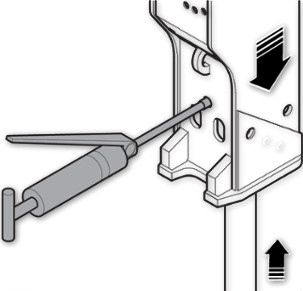
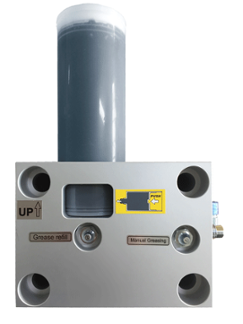
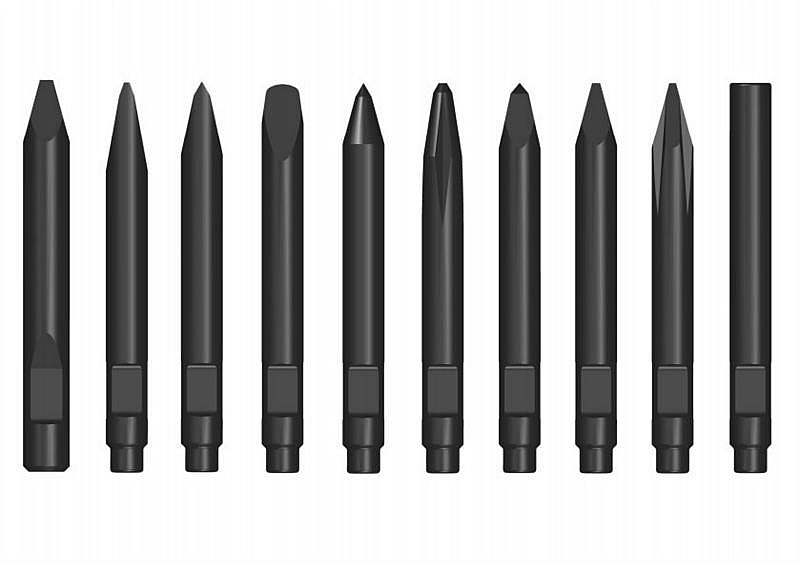
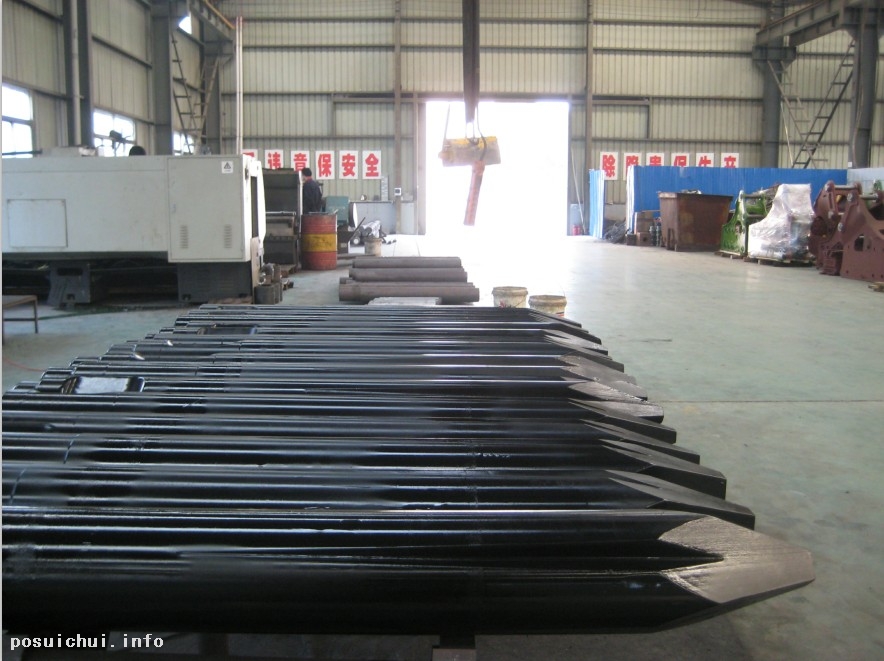
Wear and Tear: Continuous usage of the drill rod can lead to wear and tear over time. This wear can occur due to friction against the rock surface or from contact with debris. Excessive wear can reduce the effectiveness of the drill rod and lead to decreased productivity.
Breakage: Drill rods can break under heavy loads or if they encounter unexpected hard materials or obstructions. Breakage can occur due to factors such as fatigue, improper usage, or defects in the material.
Bending: In some cases, drill rods may bend during operation, especially if they encounter hard or uneven surfaces. Bending can lead to reduced drilling accuracy and efficiency.
Corrosion: Exposure to water, moisture, and certain chemicals can cause corrosion of the drill rod over time. Corrosion weakens the material and can lead to premature failure.
Stuck Rods: Drill rods may get stuck in the borehole due to various reasons such as rock collapse, excessive pressure, or irregularities in the hole. Getting the rod unstuck can be challenging and may require specialized techniques or equipment.
Poor Lubrication: Inadequate lubrication can increase friction between the drill rod and surrounding components, leading to increased wear and heat generation. Proper lubrication is essential to ensure smooth operation and prolong the life of the drill rod.
Incorrect Sizing: Using drill rods that are either too small or too large for the hydraulic breaker can lead to inefficiencies and premature wear. It's important to use the correct size and type of drill rod recommended by the manufacturer.
Improper Maintenance: Neglecting regular maintenance tasks such as cleaning, inspection, and replacement of worn parts can contribute to various problems with drill rods. Regular maintenance helps to identify issues early and prevent costly repairs or replacements.
Addressing these common problems requires proper maintenance, including regular inspection, lubrication, and replacement of worn parts. Additionally, operators should use the hydraulic breaker and drill rods according to the manufacturer's recommendations to minimize the risk of damage and ensure optimal performance.
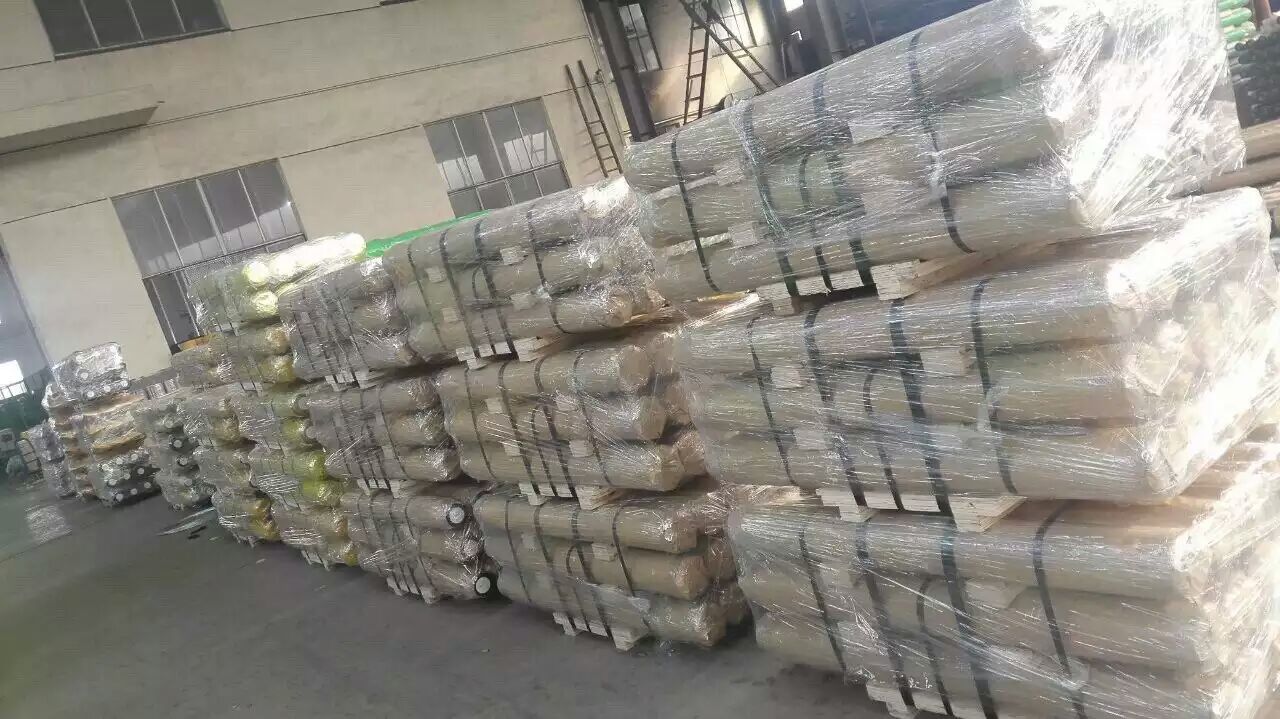
The numbers associated with hydraulic rock breaker hammers typically refer to specific characteristics or specifications of the equipment. Here are some common meanings:
1. Model Number: The first set of numbers may represent the model number of the hydraulic rock breaker hammer. This number is often used by manufacturers to differentiate between different models within their product line and may not have a specific meaning beyond identification purposes.
2. Weight Class: Some hydraulic rock breaker hammers are categorized into weight classes based on their operating weight or impact energy. The numbers may indicate the weight class of the hydraulic hammer, with higher numbers representing heavier-duty models designed for breaking through tougher materials or larger structures.
3. Impact Energy: The numbers may also indicate the impact energy of the hydraulic rock breaker hammer, measured in joules or foot-pounds. Higher numbers typically indicate greater impact energy, which correlates with the hammer's ability to break through hard materials or larger volumes of material.
4. Tool Size: In some cases, the numbers may refer to the size of tool chisel attachment used with the hydraulic rock breaker hammer. Different chisel sizes are available for various applications, such as tapered chisels, moil points, blunt tools, or pyramids, and the numbers may indicate the dimensions or specifications of the tool.
5. Flow Rate or Pressure: The numbers could represent the hydraulic flow rate or pressure required to operate the hydraulic rock breaker hammer effectively. Hydraulic flow rate is typically measured in liters per minute (L/min) or gallons per minute (GPM), while pressure is measured in pounds per square inch (PSI) or bars.
It's important to consult the manufacturer's specifications and documentation for accurate information on what the numbers associated with a particular hydraulic rock breaker hammer model signify.